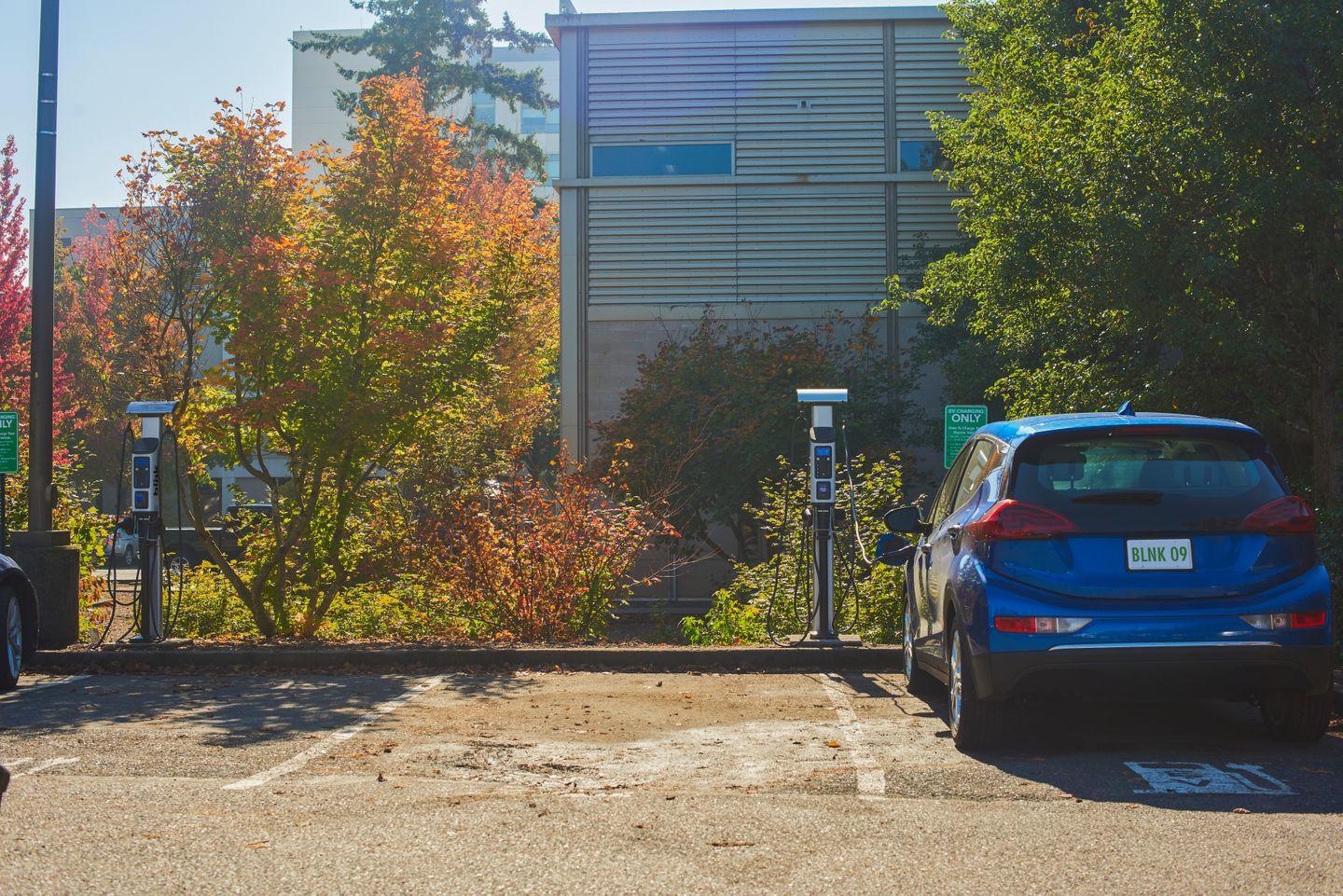The world’s transition to electric vehicles (EVs) is in full swing, and those vehicles need places to charge. The great thing about EVs is that they can refuel where they park. If you own or run a parking garage or parking lot, you have the ideal location to provide refueling opportunities.
Globally, EV sales in 2023 were 3.5 million higher than in 2022, representing a 35% year-on-year increase. Clearly, now is the time for parking companies and any other entity that owns or runs a parking garage or parking lot to install EV charging equipment to:
Attract more customers
Increase revenue
Improve driver loyalty
Demonstrate leadership
In this blog, we will explore how parking management companies can achieve all these goals with EV charging and consider other factors for installing EV charging infrastructure.
EV charging can help you recoup lost parking revenue
Parking has evolved since the COVID-19 pandemic. Before COVID, many parking garages were fully booked, making it difficult to dedicate spots for EV charging. However, COVID-19 restrictions starting in March 2020 caused a shift in personal and work travel.
As NAIOP wrote, “Except for curbside pickup of retail purchases and carry-out meals, most travelers stayed home and avoided commercial and private parking lots and on-street spaces. In April 2020, passenger travel on roads declined by 60%, while public transit usage fell by 81%, and air travel slumped by 96%, according to the U.S. Department of Transportation’s Bureau of Transportation Statistics. It was not until the spring of 2021 that passenger car travel returned to 2019 levels on average, but with wide variations across the country.”
Since the pandemic drastically altered the working landscape, with more people working from home, metro parking garages have more available spots. This has provided opportunities for parking management companies to use some of these empty spots for dedicated EV charging, recouping some of the lost revenue. It's important to note that EV charging stations are best thought of as an amenity. While parking managers can monetize charging station parking spots, EV drivers avoid locations they feel are “too expensive.” Instead, EV charging stations can attract customers who otherwise would have parked at a competitor’s lot, and kWh or duration-based parking fees can generate additional revenue alongside your facility’s hourly parking rate.
Generally, Level 2 chargers can charge a vehicle in four to eight hours, while a DCFC can charge a vehicle in under an hour.
New parking facilities must install EV charging to adhere to building codes.
Parking management companies want to provide the latest amenities for their customers to increase loyalty while adhering to building code requirements.
How many EV chargers should a parking management company install? This largely depends on the garage's location and local EV charging building codes for new structures.

